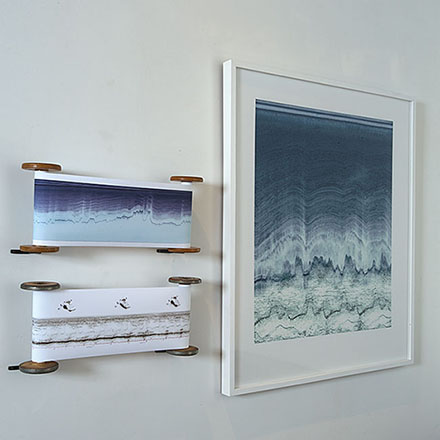
Double Echo, Chris Drury, Inkjet print with UV coating, 54.25″ x 46.25″ x 2.75″, 2007, Echogram, Echocardiogram, (edition of 4). Photo by Tom Grotta
We are heading to New York City tomorrow to set up for art on paper at Pier 36. Among the works we’ll be exhibiting is Chris Drury’s Double Echo, an inkjet print that merges a human echocardiogram and and echogram of Antartica, accompanied by the actual echocardiogram and the echogram on wooden spools. In 2006 and 2007, Drury spent more than two months with the British Antarctic Survey in Antarctica as artist-in-residence. The scientists there were looking at what they stood upon but could not see – the structure of the ice and underlying land formation. In parts of Antarctica the ice is four kilometers deep 900,000 years old – as old as our earliest ancestors. One of the scientists, Hugh Corr, described the remarkable images that result as like a “heartbeat of the Earth.” The fragment of an echogram in Double Echo is from Flight W34 over East Antarctica – a long cross-section of the ice beneath the flight, made by radar pulses sent down though the ice and back up into a computer in the aircraft. The echocardiogram is of the pilot’s heartbeat, superimposed over the top. An echocardiogram is very similar in technology to an echogram although it uses ultrasound rather than radar.
For some time, Drury has been looking at systems in the body and on the planet, particularly systems of blood flow in the heart. He was invited by the heart surgeon, Mark Dancy, to make a blood flow courtyard (Echoes of the Heart) at Central Middlesex Hospital, adjoining the Cardiac ward. It was Dancy’s department that agreed to do an echocardiogram on the pilot who flew those echogram flights in Antarctica and so enabled Drury to make the work Double Echo. A print from that series hangs on the walls of that particular ward. The hours of the exhibition are Friday, March 4th and Saturday, March 5th, 11 – 7 p.m.; Sunday, March 6th, 12 – 6 p.m. There is a Preview, benefiting the Brooklyn Museum, Thursday, March 3rd, from 6 – 10 p.m. For ticket and other information visit: http://thepaperfair.com/ny/for-visitors/fair-dates-hours-location/.

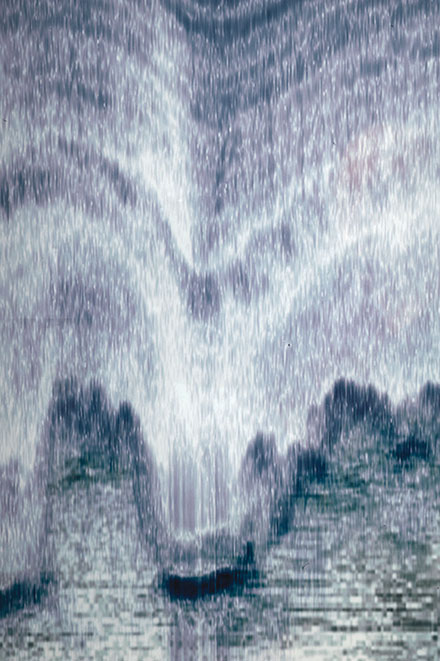
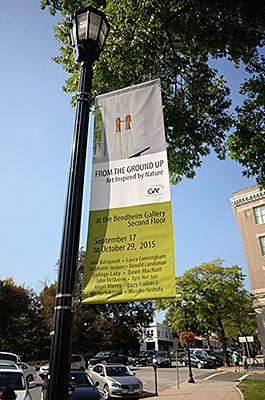
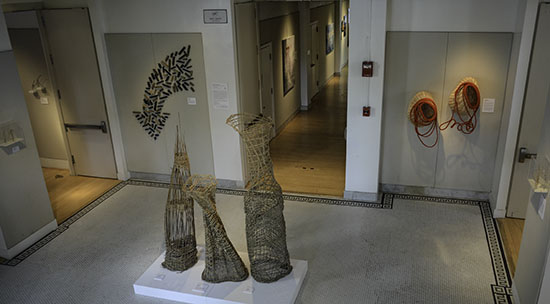
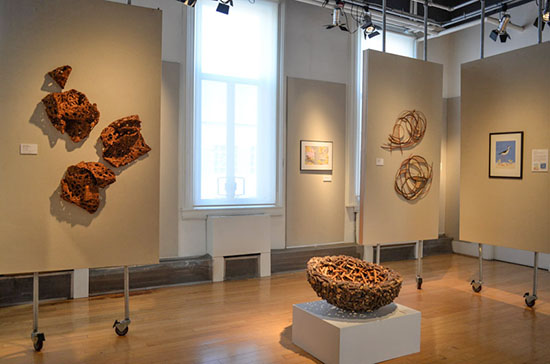


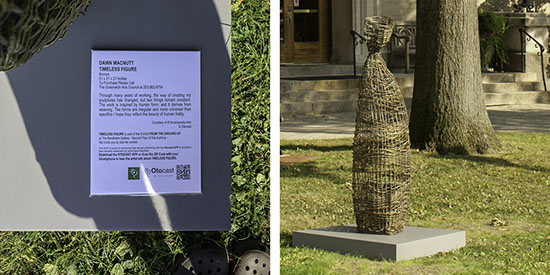
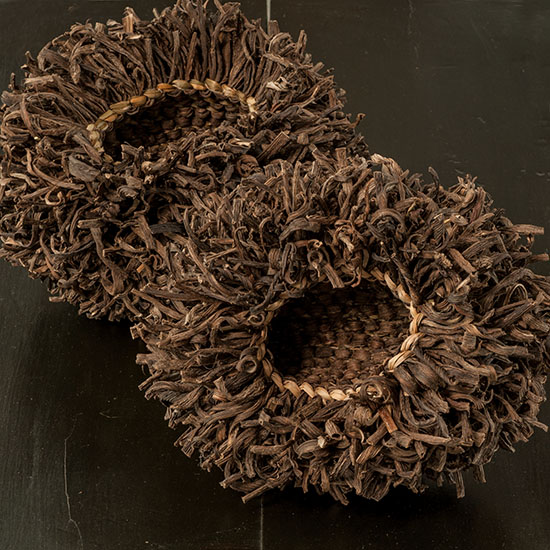

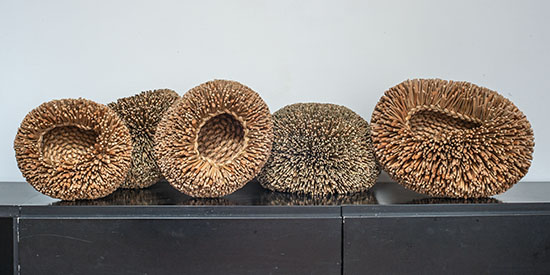
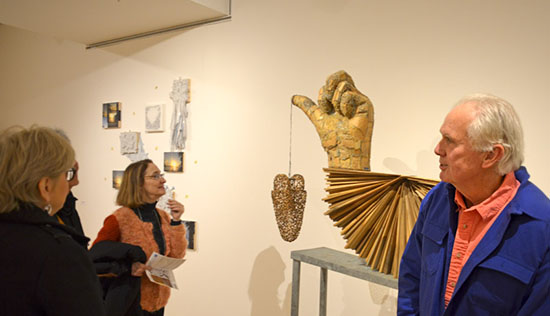
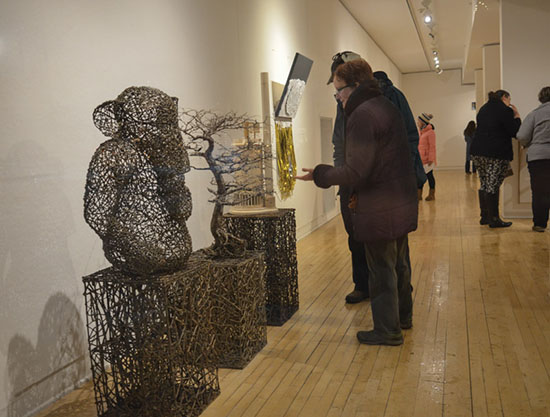
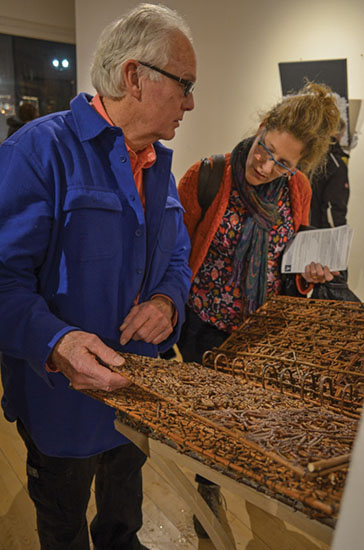
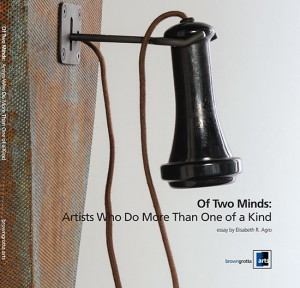

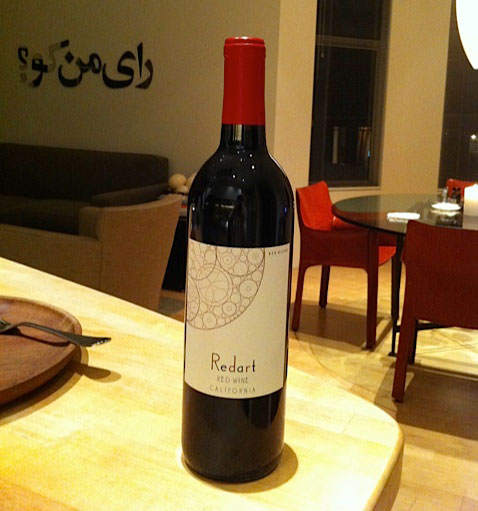

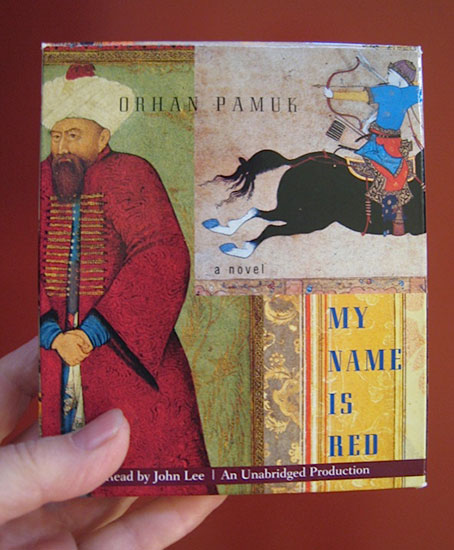
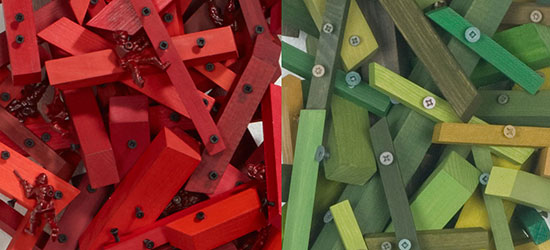

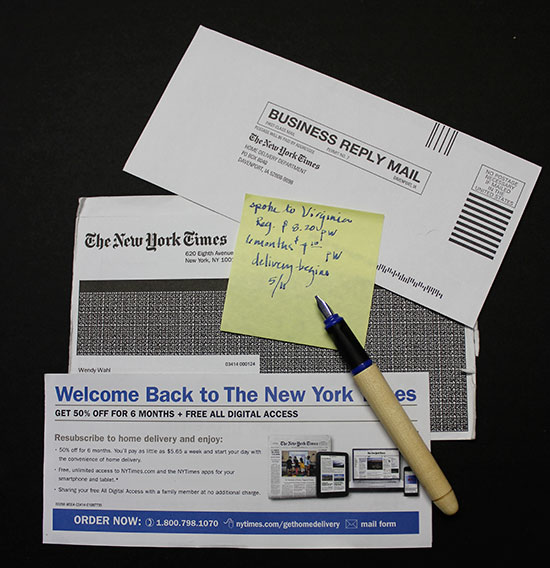
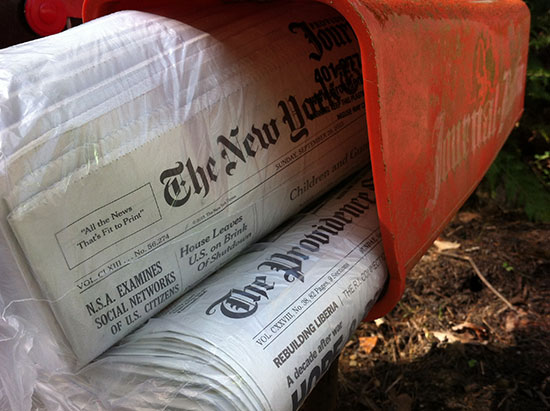
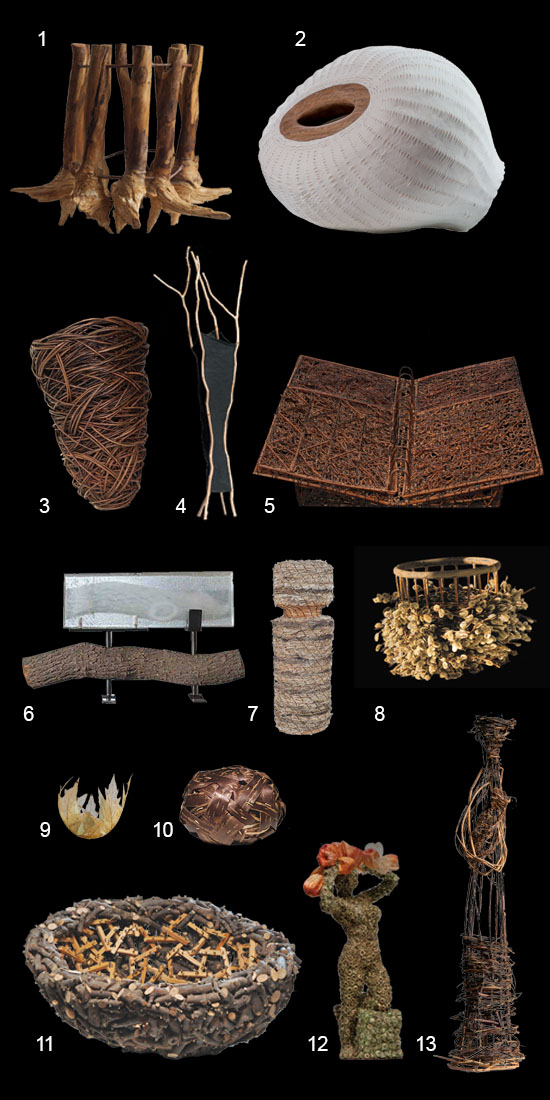
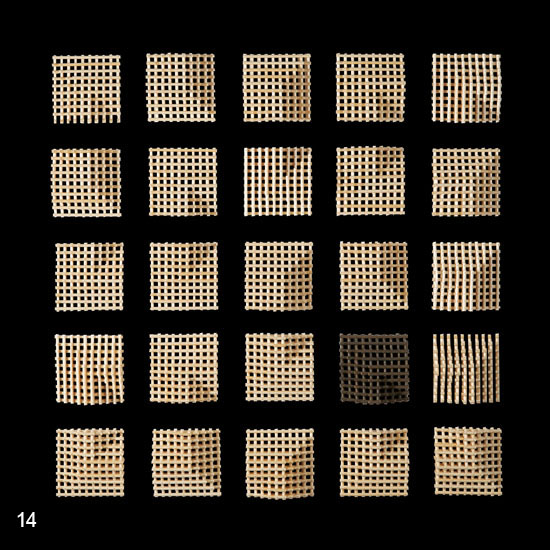
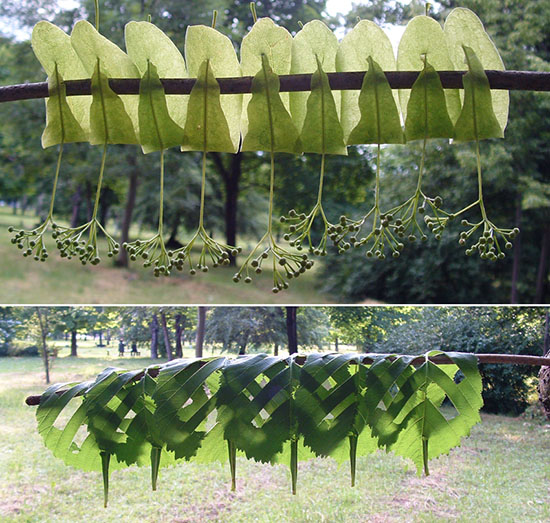
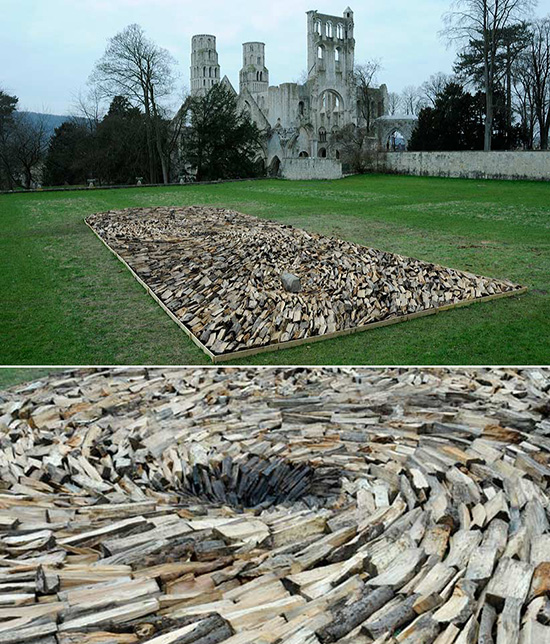

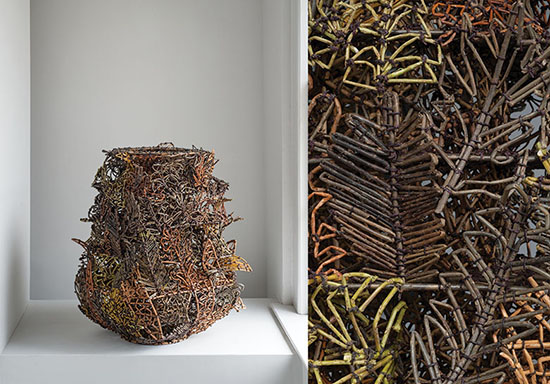
It’s Never Too Early: How to Buy Art in Your 20s
Lizzie Farey($1,800), Deborah Valoma($1,700) and Stéphanie Jacques($1,200). Photo by Tom Grotta
Thanks to the DIY movement and a mass of online and cable design and decor resources, we’ve never had more encouragement to create environments that inspire and invigorate. Art can be an essential element of such an environment and investing in art need not be a bank breaker. Domino, a curated site that encourages readers to “bring your style home,” offers several tips for buying art in your 20s, including not buying too big and not being afraid to invest http://domino.com/how-to-buy-art-in-your-twenties/story-image/all. We at browngrotta arts have a few additional thoughts:
INYO (95-2), Tsuruko Tanikawa, brass and iron wire, coiled and burned, 7.5″ x 6.5″ x 14″, 1995 ($1,200)
1) Think objects: If you are in your first apartment or are fairly certain that a move is in your future, Ceramics, Art Baskets, Glass sculptures can be easier to place in your next home than a large wall piece may be.
Naomi Kobayashi Red & White Cubes ($1,000 each)
2) Invest for impact: Prints are generally less expensive than originals, editions less expensive than a one off. And you will find that some mediums are, in general, priced more accessibly than others. Art textiles and fiber sculpture are an example. Work by the best-known artists in the field go for under a million dollars, compared to tens of million dollars for paintings by well-recognized artists. You can start small with works in fiber, ceramics and wood, and create a small, but well-curated, collection. Consider Naomi Kobayashi, a Japanese textile artist whose work is in the permanent collection of many museums, including the Metropolitan Museum of Art and whose work can be acquired for $1000. Or an up-and-coming artist like Stéphanie Jacques from Belgium, whose masterful multi-media works address issues of gender and identity, and begin at prices below $1500.
GRAY WITH BLACK, Sara Brenan, wool & silks linen, 12.5” x 19”, $1,900 photo by Tom Grotta
3) Take advantage of digital placement: Reviewing art online is a great way to expose yourself to a wide variety of work, and develop your personal aesthetic. Once you’ve found a work that appeals, digital placement can give you a greater level of confidence before you press “Buy.” At browngrotta arts, we ask clients to send us a photo of the space the propose to install the work. We can digitally install the piece, to scale and with shadow, so you have a sense of how will work there.
32pc CONSTRUCTION III, Pat Campbell, rice paper, reed, 8″ x 7.5″ x 5.5″, 2002
4) Document: If the work you purchase has appeared in a book or a catalog, make sure you get a copy. Ask the seller for any information he/she has on the artist for your files. On each artist’s page on browngrotta.com, you can find a list of publications in which the artist’s work appears. The documentation is good to have for insurance and appraisal purposes and you can watch as the artist’s cv —hopefully — expands in the next several years.
5) Buy for love: It’s great to learn 10 years down the road that a work of art you purchased has appreciated and is worth more than you paid for it. We’d argue, though, that if you’ve enjoyed owning it for 10 years, and thought each time you looked at it, “I really love that piece,” you’ll have gotten your money’s worth, and enriched your life in the process.